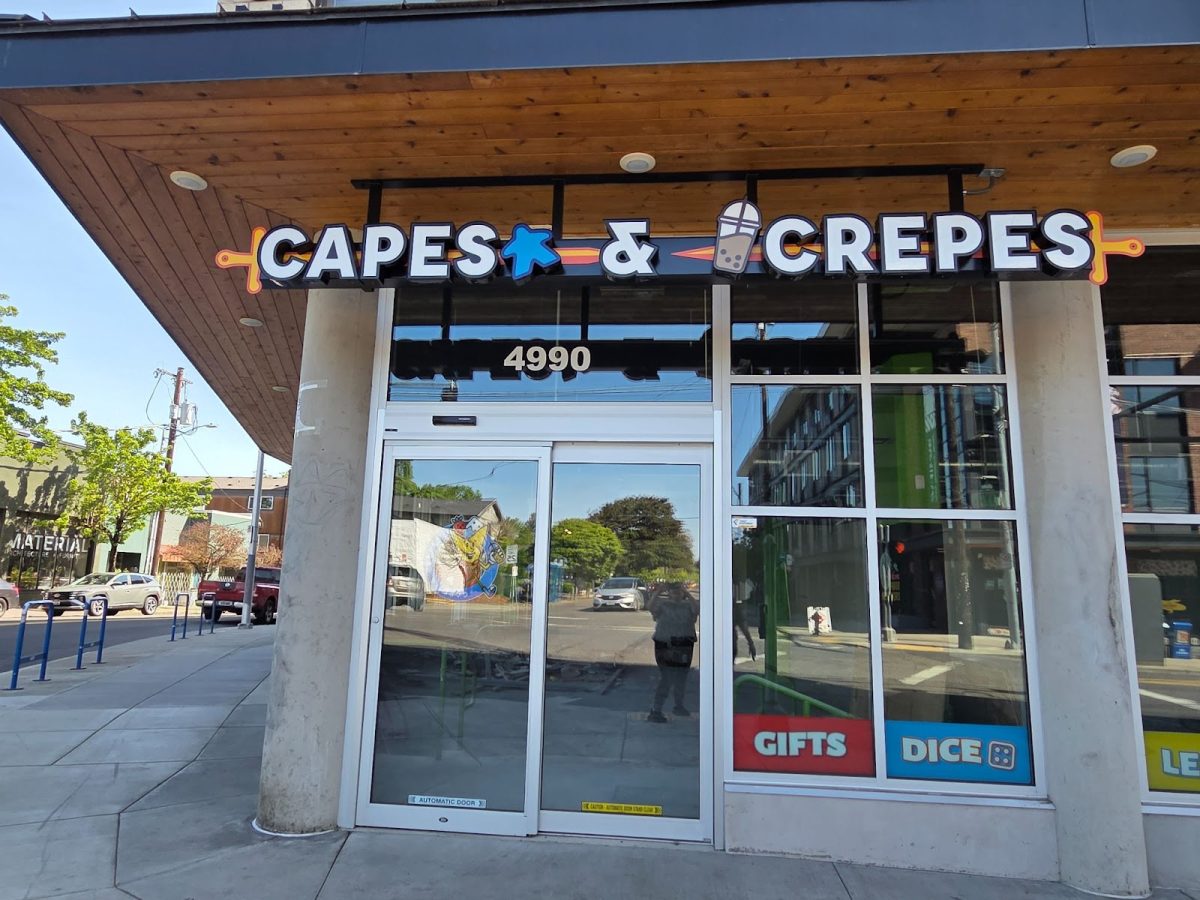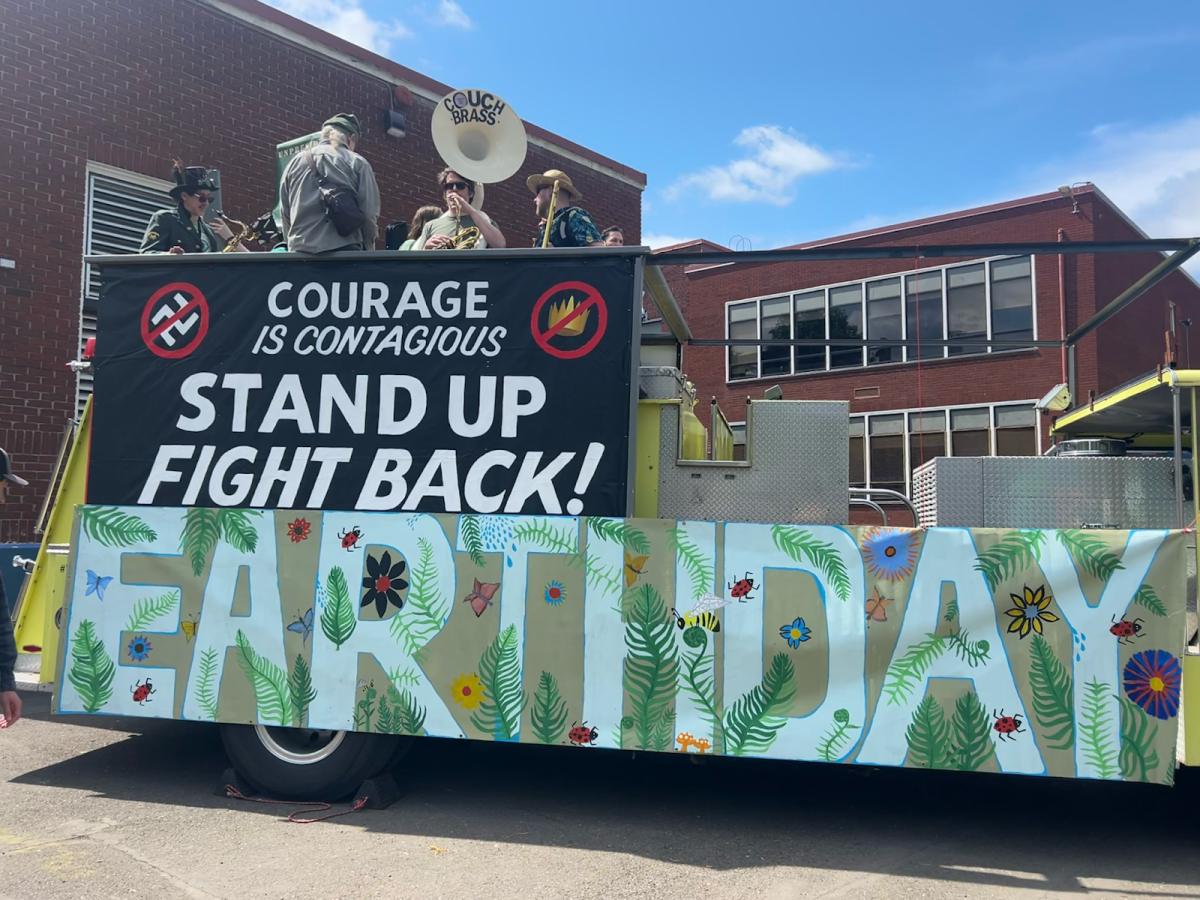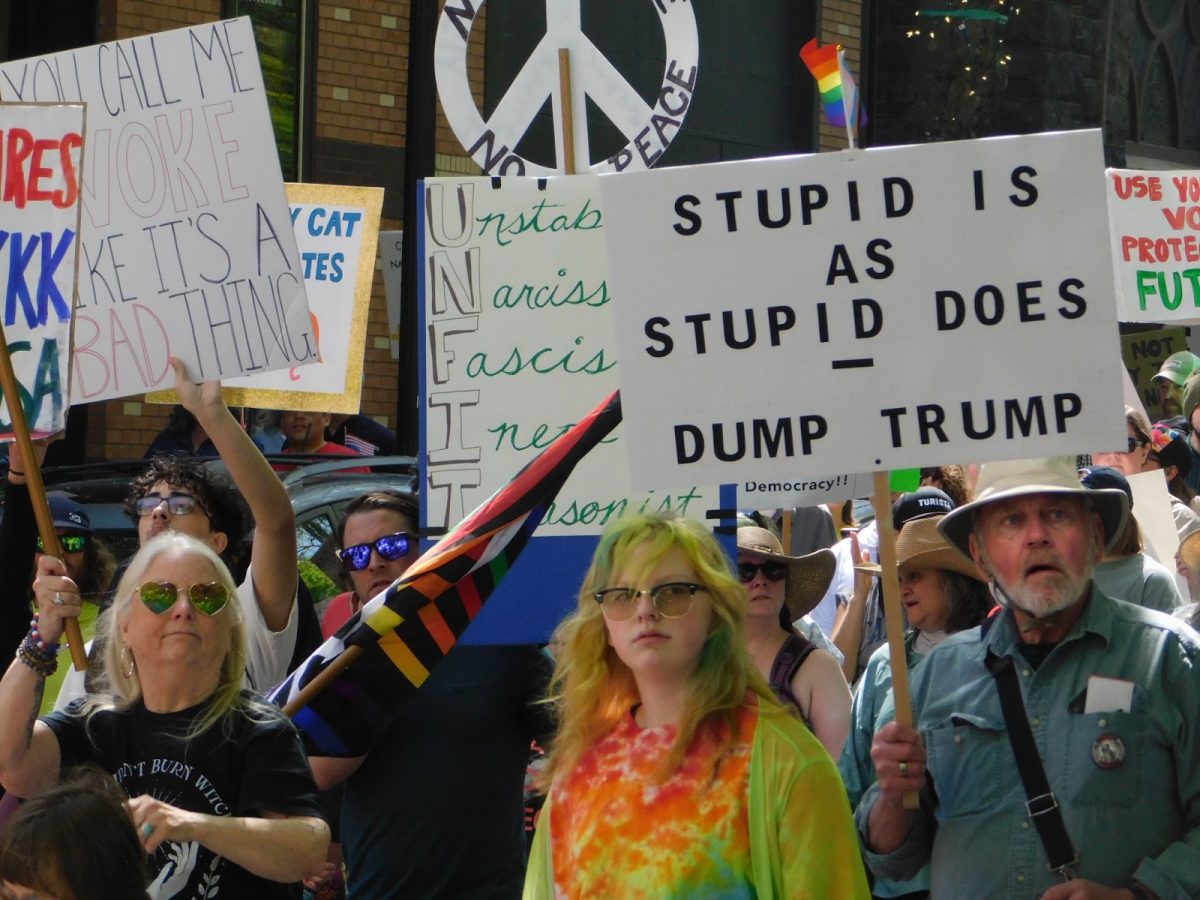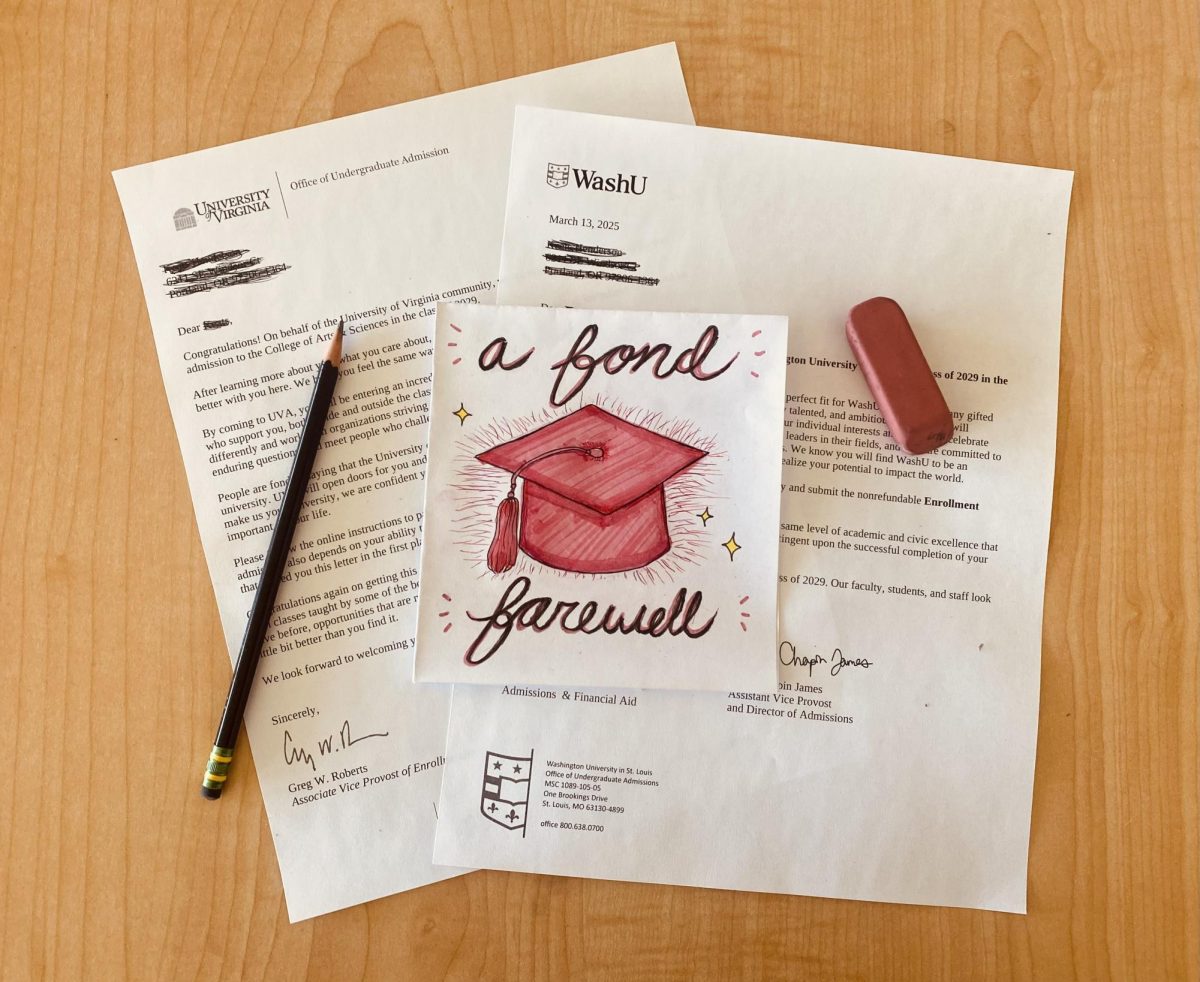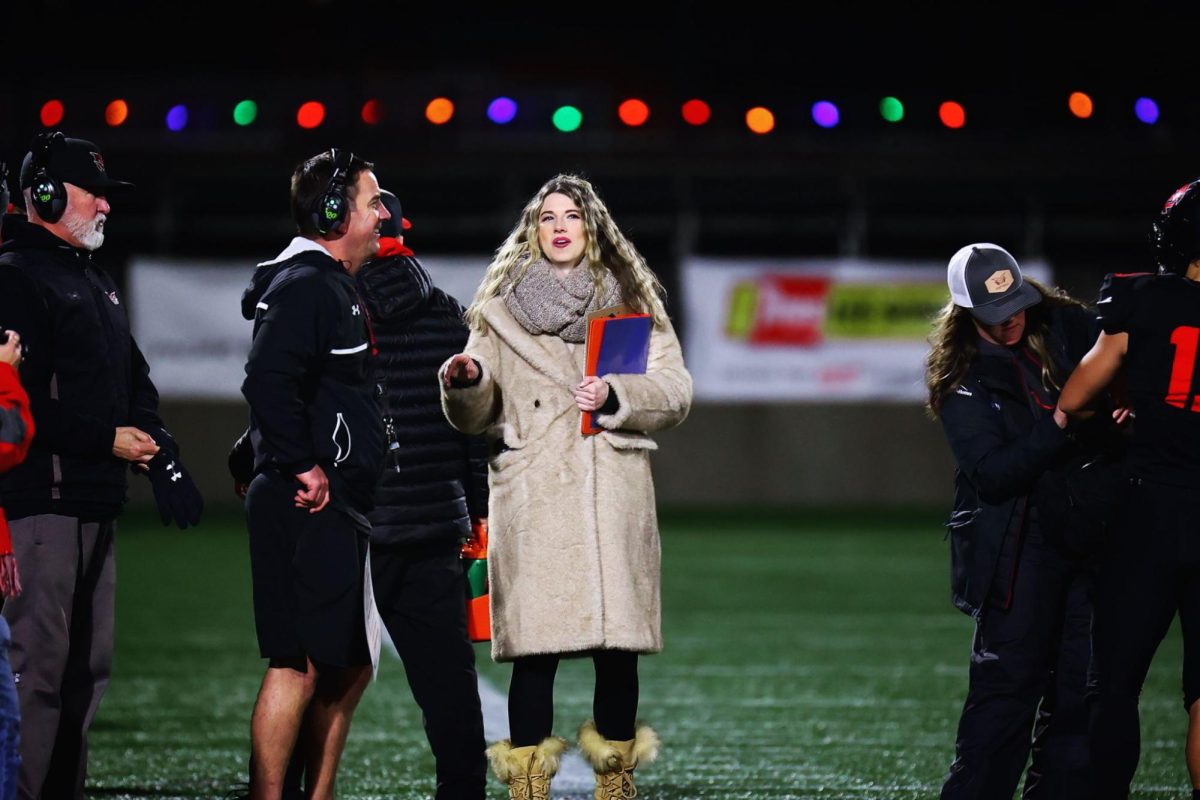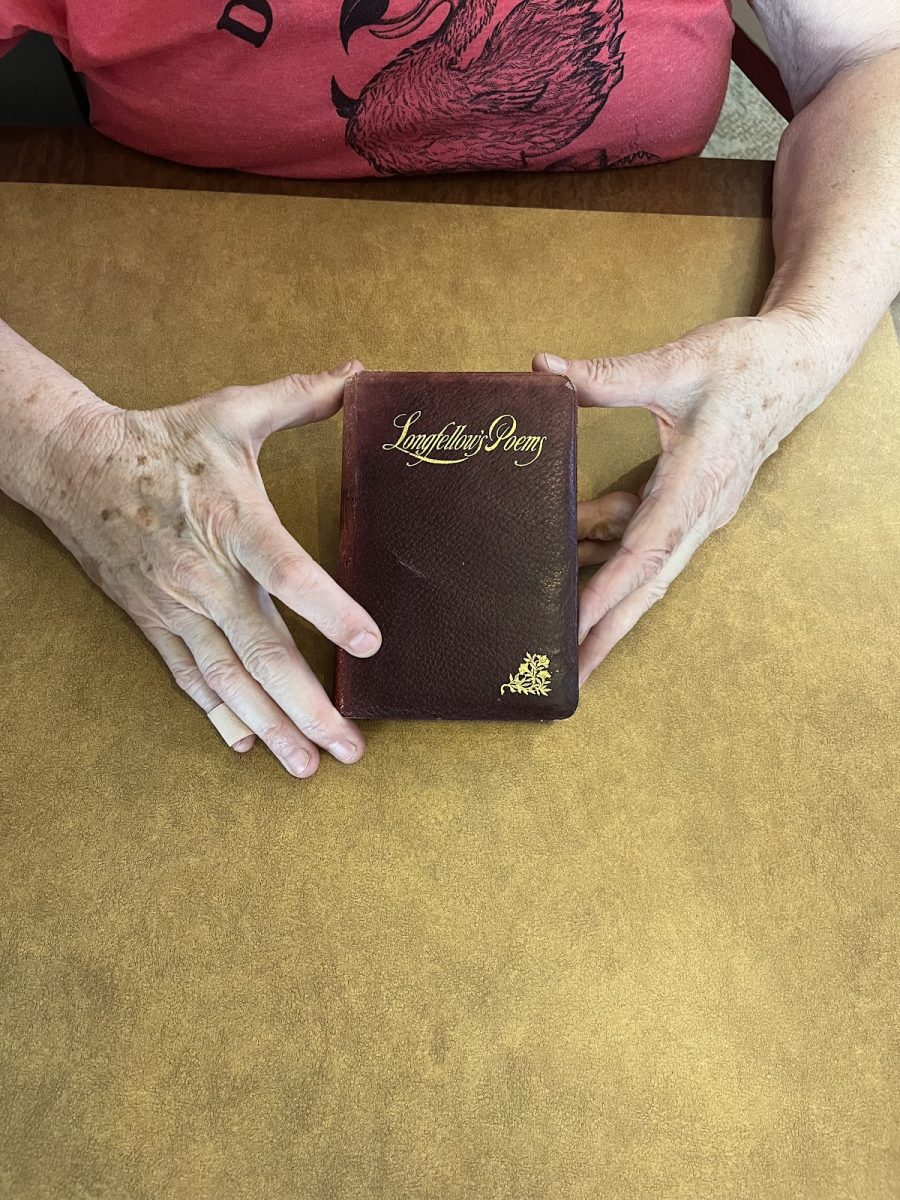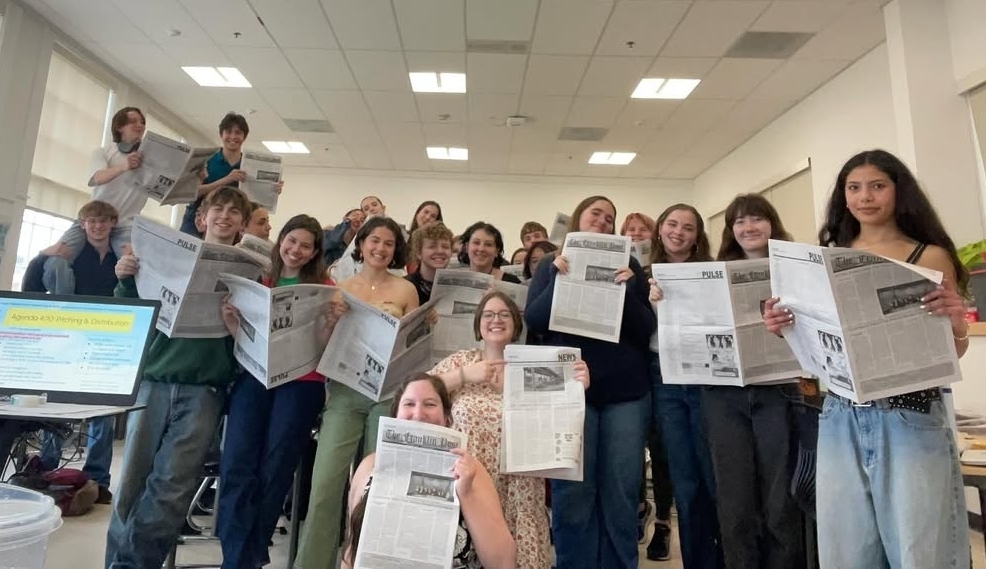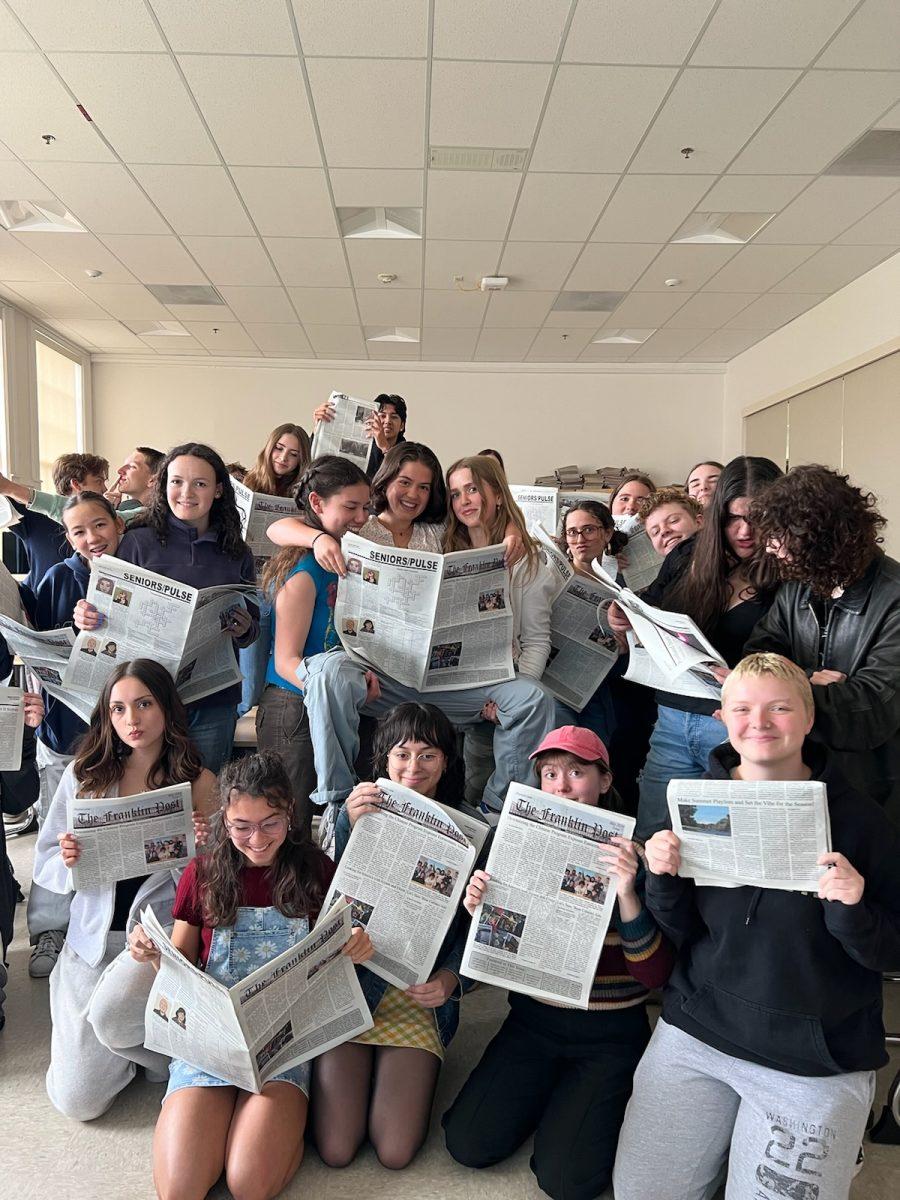Franklin Talks is ambitious. There’s no getting around the fact that it’s a tall order to set aside a couple of hours and expect to address racism, highlight student voices, and reexamine the culture of the Franklin community. Not only that, holding conversations about nuanced topics like racism is difficult and can become messy. Franklin contains a large population of students and staff, and not everyone is ready to have a conversation about race. Naturally, the impacts of these conversations are messy as well, especially for students of color. Franklin Talks is a good place to start; the effort and intention are positive, but to grow as a community and to truly educate about race and racism, we must also understand the complicated impacts of race talks on students.
Yoshio Drescher, Franklin’s instructional coach, and the Franklin Talks coordinator, explains that many people are ready to have conversations about race. Drescher is in the process of figuring out how to best tackle such a broad subject by acting upon feedback from student responses and from the community. “We’re currently in a place where the issue isn’t whether we should have these conversations but how we can create the conditions where they can happen,” he says. Drescher’s efforts to create productive conversations are exciting because they adapt to set up members of the Franklin community for success in their conversations about race. Despite these adaptations, conversations about race can still be damaging. Not every person at Franklin is engaging in a good faith attempt at a conversation, which is a real challenge and can cause emotional setbacks.
These conversations are necessary because Franklin community members deal with racism on a daily basis. Last week Coaches Dominic Paz and Calder Nakell, along with Franklin students Izea Paz and Z Flechtner, were racially profiled by the police on their way to a track meet. Another car rear ended them, and yet when the police arrived they collected IDs of everyone in the car that was hit, including the people who were underage. During the interaction, the police officers didn’t make it known that they were not obligated to give up their IDs. The officers interrogated Coach Paz, repeatedly asking unnecessary questions and then proceeded to assume three of the passengers were brothers despite looking nothing alike, not having the same last name, or sharing an address.
These types of encounters are frequent for people of color and make it extremely difficult to go about their daily lives. Constantly evaluating how to deal with these situations is hugely distracting. Imagine trying to win a race, execute a jump, or advocate for athletes, when you’d just been thinking about keeping your hands where the police officer could see them, despite being the victim of the situation.
Experiences aren’t always as tense as encounters with the police, but microaggressions can still create huge impacts. This past month a White student at Franklin told an Asian student: “Asians are just trying to be white.” Microaggressions and offhand comments like this can be especially shocking when they come from friends or coworkers, as they often do. Even the word microaggression is misleading, because the effect is considerably larger than the name implies. “I don’t think that we can keep functioning the way we are and ignoring this thing that’s so a part of our community,” says Sonia Smith-Katakkar (12), who has both experienced and witnessed microaggressions at Franklin. Repeated experiences can lead you to “question your own intelligence or question your own validity in a space,” says Smith-Katakkar, who has witnessed teachers with the power to change a situation show indifference when dealing with race.
Kawanna Bolden, an English teacher at Franklin, centers racial awareness and critical thinking in her curriculum. She teaches students to be aware during conversations about race, because it helps them evaluate internalized societal and cultural biases. Asking questions like “How have I contributed to this culture?” or “What does it mean to truly be an ally?” can help us to move away from structured conversation and towards greater understanding that actually applies to our own lives.
Smith-Katakkar was clear that even though their experiences with Franklin Talks have at times felt performative, conversations about race still have to happen. Their experiences serve as a warning of the harm that can be caused if conversations about race are not treated with sensitivity and respect.
Despite the obvious necessity of addressing these topics, many students still leave the building during Franklin Talks. Of those that stay, students are sometimes skeptical or indifferent. While it can feel frustrating or even presumptuous to think we can tackle large topics like race in such a short time span, we must try. Watching students leave the building, or hearing White students claim they “can’t get anything out of Franklin Talks” sends a very damaging message to the school, and makes it hard for others to engage in conversation or feel comfortable sharing their experiences. The effects of these conversations can be hard to bounce back from; talking about racism is like opening a deep wound, and switching between an honest conversation right back to solving equations or writing an essay can be quite abrupt, especially for students who have trauma or experiences with the subject.
Although Franklin Talks isn’t perfect right now, it is absolutely crucial that we continue to try and have conversations and try to listen to one another, because this is what will leave space for growth.
